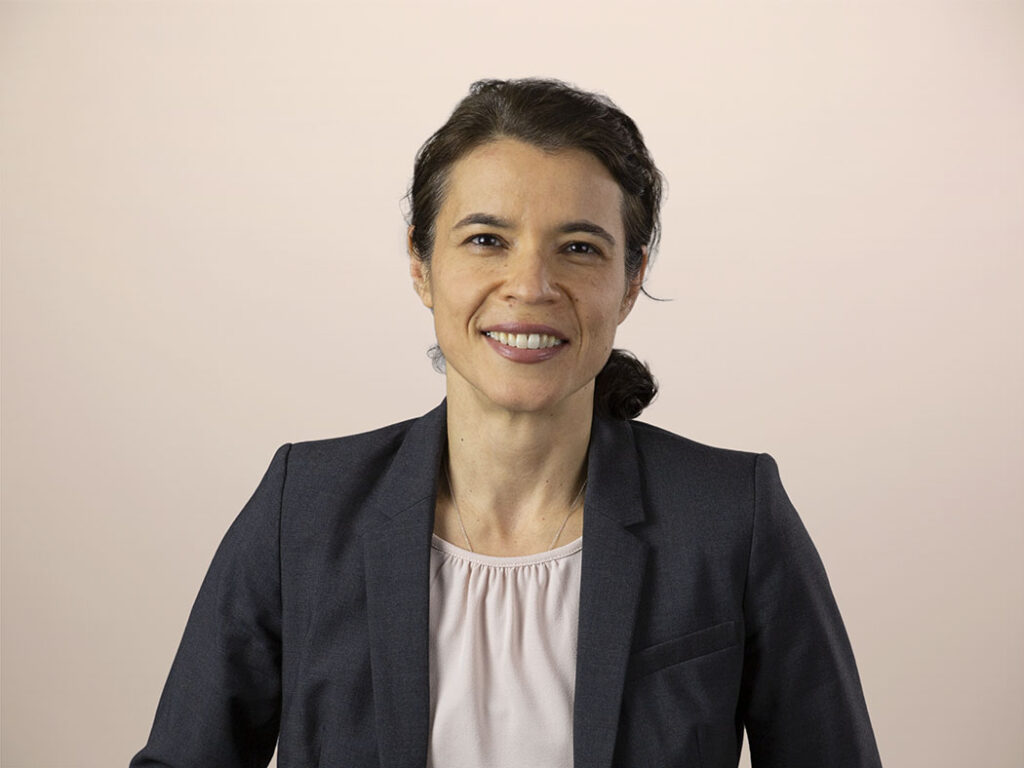IBM Expands Replication Capabilities With Acquisition Of FilesX
 On April 10, 2008, IBM announced its intent to acquire FilesX, a small startup that offers server-based replication and continuous data protection technology. The acquisition will become part of the Tivoli Storage Manager (TSM) family of products.
On April 10, 2008, IBM announced its intent to acquire FilesX, a small startup that offers server-based replication and continuous data protection technology. The acquisition will become part of the Tivoli Storage Manager (TSM) family of products.
This acquisition will help IBM Tivoli fill a gap in their current portfolio of offerings for data protection. The vendor currently offers Tivoli Storage Manager (TSM), which is one of the leading enterprise-class backup software applications, and Tivoli Continuous Data Protection for Files, a product mostly used to protect PCs. In addition to traditional backup to tape or disk, TSM can also manage Microsoft Virtual Snapshots (VSS) and its own IBM storage-based snapshot technology in support of instant restore or snapshot assisted backup. But the company didn’t really have an offering for customers who wanted something that was better than backup but not as expensive as storage-based replication, this is where FilesX comes in. With FilesX, IBM can now address the recovery requirements of small enterprises that can’t afford storage-based replication. They can also meet the recovery requirements of large enterprises that want to protect more servers within their company with a more affordable replication offering as well as servers at the remote office.
To be really successful, IBM will need to integrate the management of FilesX into TSM. Customers are no longer interested in having multiple point products for the continuum of data protection options; they want to manage backups, snapshots, replication, and continuous data protection (CDP) from a single console. If achieved, IBM will compete head-on with offerings from CommVault and may surpass the current capabilities of Symantec NetBackup and EMC NetWorker. It’s unfortunate that IBM’s storage-based replication technologies are managed from within IBM TotalStorage Productivity Center; integrating the management of this functionality would make TSM the one stop for any IBM protection technology.
Check out Stephanie’s research
